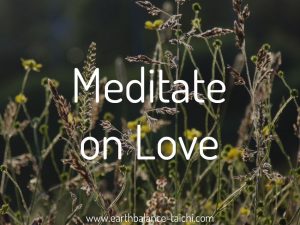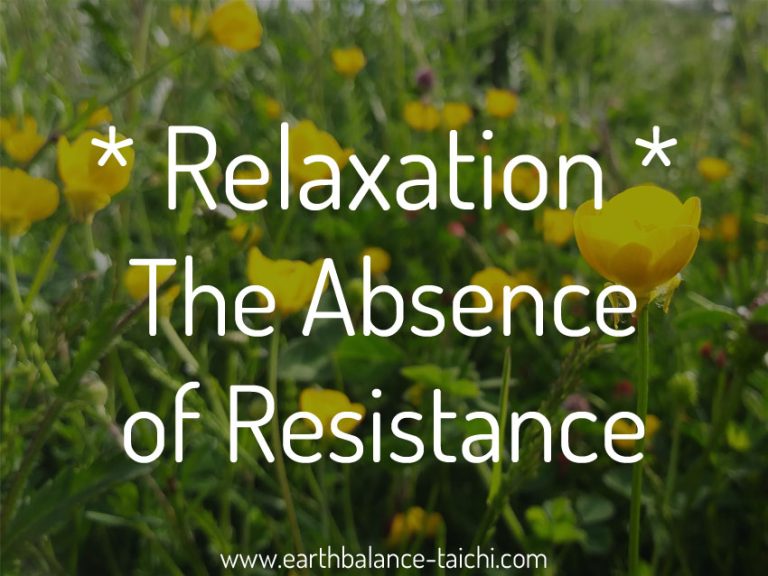Meditation Myths

Meditation Myths
There is a lot of misinformation about what meditation and mindfulness are, mixed in with unnecessary stereotypes and superiority. For many this puts the stillness practices out of reach. When I teach meditation and mindfulness, I strip away preconception, expectation and myths. Simplicity is the key. On a basic level mindfulness and meditation are a single point of focus.
Mindfulness = A single point of focus
Bringing your awareness and attention to the body, the breath, movement or an activity such as eating, listening, drawing, singing. Slowing down the mind in the present moment with non-judgmental observation. Any time the mind wanders, refocus. This practices is of Buddhist origin, known as now-ness. The modern day name is mindfulness. It can be practised in a spontaneous moment alone or around others, in any place or at any time. It can also be practised more formally. It helps well-being, emotional balance, mental health, grounding and overall health.
Meditation = Mindfulness + self observation, discovery and growth
Meditation starts with mindfulness. It is an intentional practice where you consciously turn inwardly to observe and guide your mind, body and/or spirit. This increase in concentration and awareness helps foster inner peace, a calm state, improved mental health, personal discovery and spiritual growth. It is a formal practice, where you give yourself the time and space to practice, either seated, standing or lying down.
They both start with a single point of focus and are skills to be learnt, practised through trial and error, ups and downs. In ancient China, the phrase ‘gong fu’ means ‘hard work applied over time’, which applies to the majority of things in life that serve us humans well! Consistency and dedication are needed to create routine, habit and muscle memory. Once established you will be able to call on these skills when needed to manage stress, as well as keeping yourself steady through frequency.
Myths
- You have to still the mind. You don’t quiet, still or blank the mind as this is impossible. If you try to do this it is not effective as it causes stress and frustration at not achieving. Do not fight your thoughts, acknowledge and let them pass. Whenever the mind gaps, and it will, bring your awareness back in. This is a continual process that over time will become easier. In the beginning it can be overwhelming how much the mind interferes. There are many types of meditation where you mind is focused on one thing, whether your breath work, music, your heart beat, chimes etc.
- There is a right way and a wrong way. There’s no right or wrong way, as there are thousands of methods. Choose one that you enjoy and make it your own. Do not let anyone tell you what is right and wrong in your practice. It is personal to you. There are many frameworks to guide you. Sometimes you may want to follow your own path and draw on many practices at the same time. Sometimes you may follow a structure, the decision is yours. Release yourself from the pressure to perform!
- They are spiritual or religious practices. They can be if that is your wish, but they don’t have to be. Your practice can simply be 20 minutes of mindfulness where you take time to focus on a relaxing activity you love with complete attention.
- It takes a long time to be of benefit. No, a single workshop or class, or daily practice for a week will likely foster a sense of calm and less stress. Imagine how that can expand out over months.
- You must meditate for an hour. As a beginner just starting out with meditation, this is unachievable and will lead to frustration, the monkey mind dominating, and you giving up. I have heard many times that people don't believe they can meditate because they can't still their mind. Start with a micro meditation or a moment of mindful pause. When I guide students into meditation, we'll start with 1-2 minutes of focus and build up slowly and incrementally from there. It takes practice and patience to expand the time you are meditating outwards.
- You need to meditate for an hour to be of benefit. No this isn't correct. 1-5 minutes a day can also be valuable, especially if you have regular micro meditations during the day.
- The goal is to reach a state of nirvana. The goal is not nirvana, a higher state, heightened elation or sensation. You are looking to foster a neutral position, where you feel space and balance between your emotions and energies. The big secret is that fostering neutral is a higher state, it’s the absence of resistance and with that you can find ease. These practices can lead to inner happiness and inner peace. However, take care not to force yourself to feel or be a certain way during or after your practice.
- If you don't feel something e.g. Qi, physical sensation, bio feedback, specific emotion, then you are doing it wrong. There is no prescription for what you experience during your meditation practice. Anything you feel, hear, see, imagine is ok. Do not force sensation, force a result, or force yourself to feel a certain way. In Traditional Chinese Medicine do not force a feeling of Qi as this can cause health problems. Be your natural self and come into awareness in your mind, body and consciousness. Be the observer not the prescriber.
- If it's not easy you are doing it wrong. A sustained focus is not easy to maintain, it takes time, patience, frequency and re-training of the mind.
- Meditation will make you feel good. The practices sometimes brings out painful emotions, or you may discover aspects of yourself that you do not like. By exploring self awareness and observation, all aspects of life may come up. Both good and bad experiences within your meditation practice need attention, non-judgement and compassion. Even with a long term practice, you will still experience negative emotions and experience difficult situations. You may still react or make mistakes, as we are only human. Meditation and mindfulness are a tool for your self care management kit. Over time, they can help ease life, however they do not create an easy life.
- You have to act a certain way. Avoid meditation and mindfulness instructors who change their voices and persona to fit a stereotype. Seek out authenticity and teaches who live as their natural self, as this will foster the same within you.
Example of Myths in Class
One of my students came into a meditation introduction class. We explored a variety of methods and frameworks and I used the above list of myths to start a discussion. She said she approached meditation 20 years ago, and was told by the instructor that what she was doing was wrong, because she was not following what the instructor said. She never meditated again, until my class, where I found that she gravitated towards imaginative journey meditation. She had a wonderful imagination that was sparked during our sessions. She thought this was wrong and that she should force her mind to be still.
Through the sessions, her preconception of what meditation is shifted. She discovered that her meditation practice was within reach, enjoyable and fluid. This meant she was more likely to establish a long term practice and would really love doing it. I pointed her in the direction of a wonderful woman who teaches Shamanic journey work and her practice flourished.
As an instructor, it’s my responsibility to pass on the basics and to remove the mysticism. This enables students to explore meditation and mindfulness practices in a person centred way, where the student is at the heart of the experience, not the instructor. Otherwise, the student may find they can only meditate when in class with their instructor. This creates a co-dependent relationship which is to be avoided. It’s better to foster intrinsic motivation so the student takes the practice into their daily life. With a foundation understanding of what the practices are, how to do them and what to expect, students can explore as they wish.
Please note that meditation is not a replacement for conventional medical treatment. Please seek advice from your GP before commencing any movement or stillness practices.



















